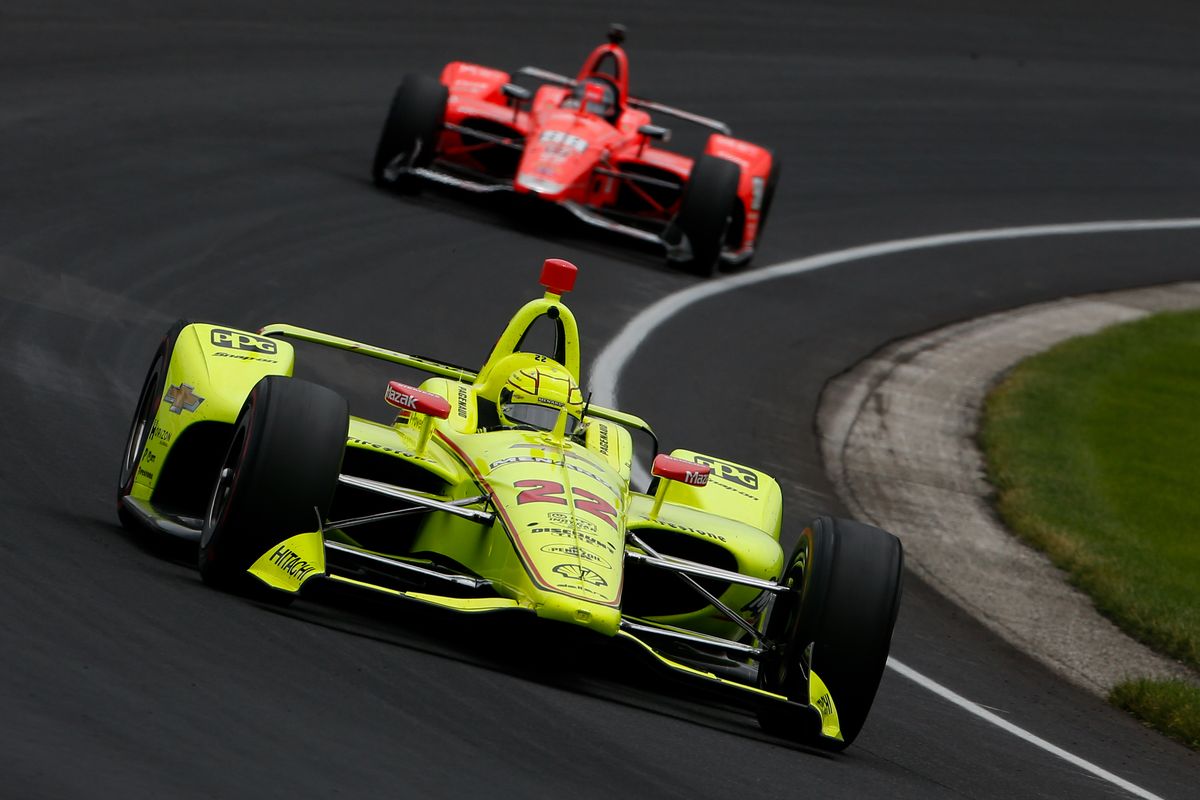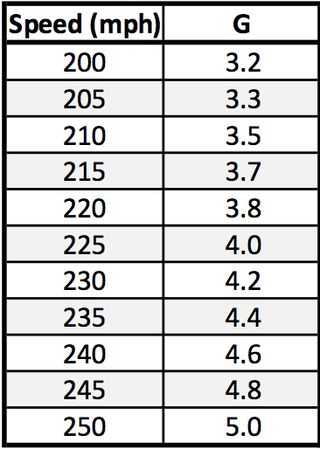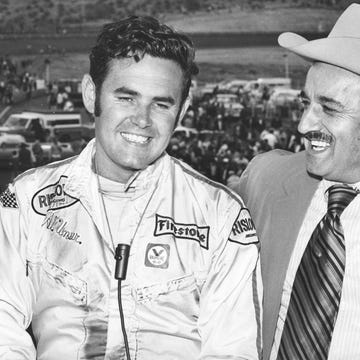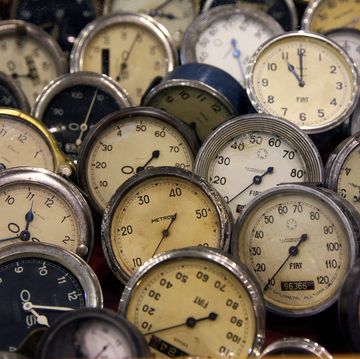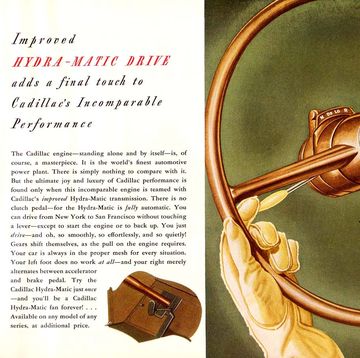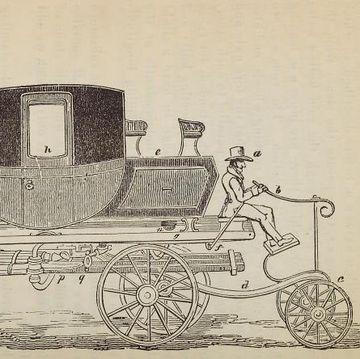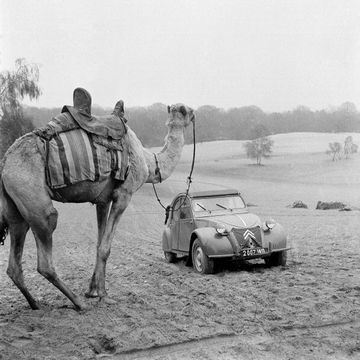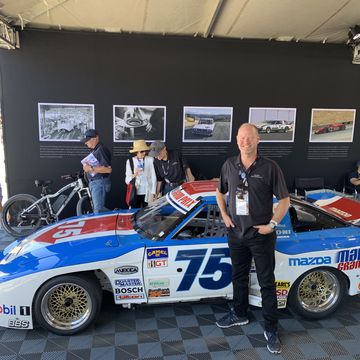This story originally ran in early May 2020, during the traditional time that Indianapolis 500 excitement begins. Seeing as 33 drivers are soon to experience these cornering forces, we thought it's worth revisiting. Enjoy! - ED
This is part of a feature we call Autoweek Breaks Down, where we bring you a smattering of stories tied to a weekly theme. The aim is to deliver automotive content that entertains and enlightens but that doesn’t necessarily follow the news cycle. This week Autoweek Breaks Down 500.
The Indianapolis 500, also known as The Greatest Spectacle in Racing, is a more-than-100-year-old Memorial Day weekend tradition that takes world wars or global pandemics to stop. But what does it take for the drivers to compete? Well, from the physics point of view, it takes withstanding gs. More specifically, g-forces, in every direction, to lap that track faster than anyone else and drink the milk.
It’s a unit of measurement that originated from the force of gravity. One g is applied to a body to keep it on the ground. In fact, you weigh what you weigh because of gravity. Well, that and donuts. Anyway, one g of force pushes down on your body, which in turn pushes on the bathroom scale. Gs have become a unit of measurement of other forces, as well. And while gravity certainly applies to the cars and drivers lapping the 2.5-mile circuit in Speedway, Indiana, the drivers are more concerned with the amount of cornering forces, gs, they can pull.
How many gs do they pull while lapping the famous Indiana track? It depends on two things, how fast they go around the turns and the radius of those turns. At Indy, we know the track's shape is roughly a rectangle with four rounded corners. We also know each one is a quarter-mile long. And while each corner has its own character, geographically speaking they are very similar. So, we can estimate that the four corners together make a circle.
Four quarter-mile-long corners make for a 1-mile circumference circle. And the radius of a circle is the circumference divided by two times pie. Do the math and the radius of the turns at Indy is about 840 feet, which is big. To equate the cornering force, you take the speed squared and divide by the radius. One last thing to note, 1 g is 32.2 feet squared per second. We need that to convert everything at the end. See the chart below.
Last year, Penske driver Simon Pagenaud lapped the circuit with an average speed of just under 230 mph, meaning he sped through the corners at close to 225 mph. That’s 4 gs! That means four times the weight of his head pushed on said head and four times the weight of his body on said body. Over 200 laps and three or so hours, it happens 800 times. Even the slowest drivers of the day corner at better than 200 mph and feel well over 3 gs while doing it.
After punishment like that, I have to say that milk is not the first thing that comes to mind after it’s over. I guess the forces of tradition are stronger than those of gravity.

